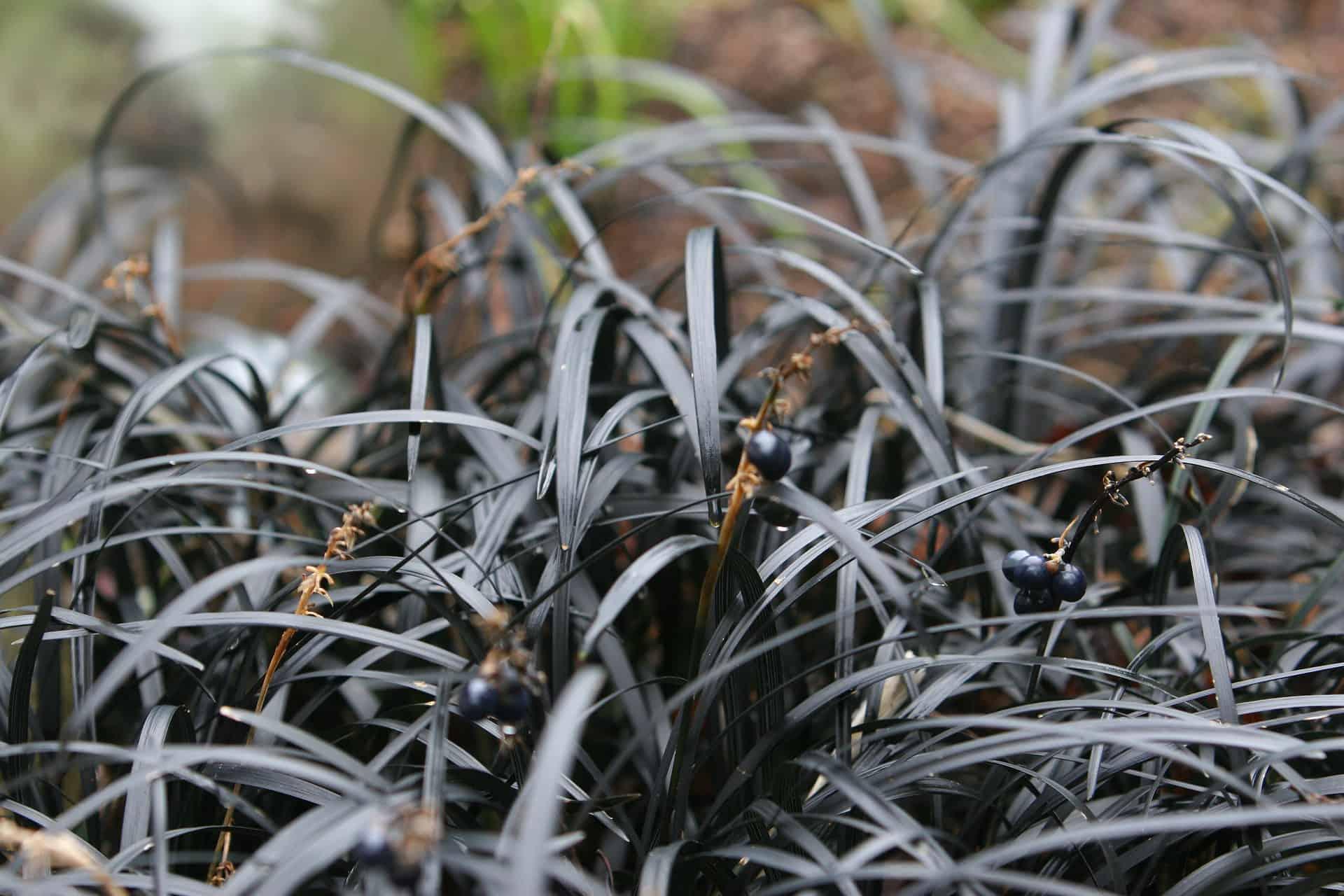Hydrangeas have a way of evoking fond memories of bygone days spent in our grandmothers’ gardens, where endless summers seemed to stretch on forever. With their lush foliage and long-lasting blooms, these captivating plants deserve a special place in our own gardens. But did you know that not all hydrangeas are the same? There are actually four main types, each with its own unique growing requirements. By understanding how to care for each type, you can ensure that these beauties thrive and create new garden memories for years to come.
Old Wood Versus New Wood
Some hydrangea species bloom on what is known as “old wood,” which refers to the growth from the previous year. This old wood contains the flower buds that will open up during the summer season. If these varieties are pruned in winter or spring, the flower buds will be removed, resulting in a bloomless plant for that year. For such varieties, pruning should be done after they have finished blooming in summer.
On the other hand, hydrangeas that bloom on “new wood” produce flower buds on the young growth that emerges in spring. Because the buds are not present during the winter months, these plants can be pruned in late winter or early spring before new growth starts.
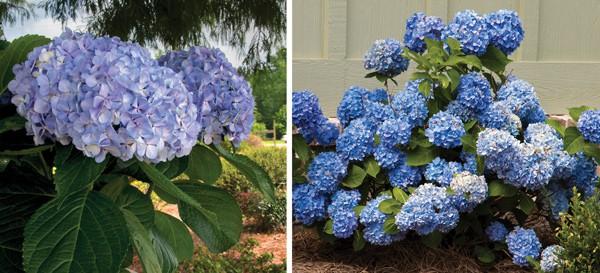
Bigleaf Hydrangeas: Hydrangea macrophylla
With their handsome, glossy foliage and stunning ball-like blooms, bigleaf hydrangeas are the Southern Belles of the hydrangea world. This diverse group includes two main flower types: large mopheads, like those of ‘Big Daddy’ and Dear Dolores™ Hydrangea, and frilly lace-caps. The color of the flowers can shift from blue to pink, depending on the pH of the soil. Bigleaf hydrangeas also make excellent cut flowers.
Ideal Conditions for Bigleaf Hydrangeas
Bigleaf hydrangeas thrive with morning sun and afternoon shade. They are hardy up to zone 5 and require well-drained soil and ample water. It’s best to avoid hot, exposed locations. These hydrangeas can be used as showy accents or specimens, or planted en masse for a stunning display. They also perform well in containers.
Pruning Bigleaf Hydrangeas
Bigleaf hydrangeas bloom on old wood. To prune them, wait until the plants have finished blooming in summer and strong new shoots have developed from the base. Remove any weak shoots, both old and new, by cutting them at the base. Leave several stems of old productive wood, as well as strong new stems that will flower next season.
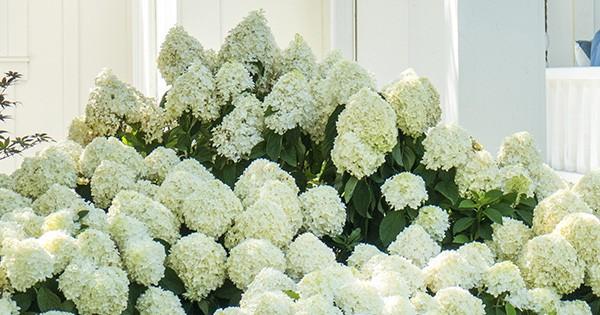
Panicle Hydrangeas: Hydrangea paniculata
Also known as PeeGee hydrangeas, panicle hydrangeas are robust plants that are exceptionally hardy and drought-tolerant. They thrive in the hot and humid summers of the deep South, as well as withstand frigid northern winters. Despite their easy-going nature, these hydrangeas produce oversized blooms that rival the bigleaf varieties. Varieties like White Wedding® and Moon Dance™ Hydrangea are real showstoppers.
Ideal Conditions for Panicle Hydrangeas
Panicle hydrangeas are hardy up to zone 4 and can tolerate a wide range of soils. They perform best in full sun to partial shade, with more sun leading to better blooming. Water them well during the first season to help establish the plants. These hydrangeas are perfect for hedges, mass planting, and even containers.
Pruning Panicle Hydrangeas
Panicle hydrangeas bloom on new wood and can be pruned in winter or early spring, before new growth emerges. Although pruning is not necessary, it can stimulate increased flower production. These hydrangeas can tolerate heavy pruning to maintain their size and are sometimes shaped into a tree form.
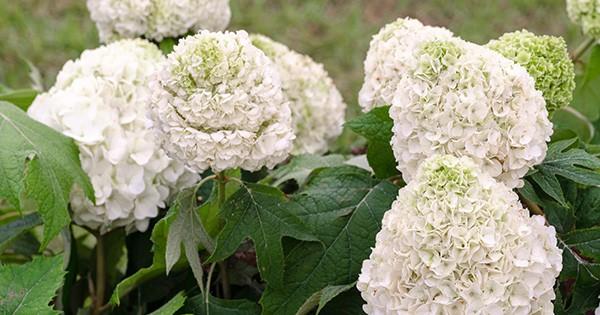
Oakleaf Hydrangeas: Hydrangea quercifolia
Native to North America, oakleaf hydrangeas offer year-round beauty with their large white to pink summer panicles, vibrant fall foliage, and exfoliating bark. This species stands out with its distinctive oak-shaped leaves and commanding size, growing up to 6 to 8 feet tall and wide. Mass planting varieties like Tara™ Hydrangea can create a stunning impact in shady beds.
Ideal Conditions for Oakleaf Hydrangeas
Oakleaf hydrangeas thrive in woodland gardens and mixed borders, tolerating full sun to partial shade in zones 5 through 9. While they are drought-tolerant, they prefer moist soils, so it’s essential to provide a well-draining location. Adding a layer of mulch year-round can benefit these plants.
Pruning Oakleaf Hydrangeas
Oakleaf hydrangeas require very little pruning. Since they flower on old wood, any shaping or pruning should be done in summer after the plant has finished blooming. Dead or damaged branches can be removed at any time.
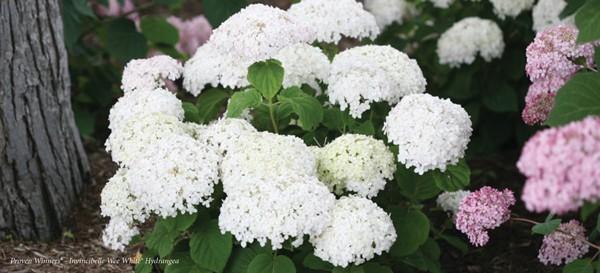
Smooth Hydrangeas: Hydrangea arborescens
Smooth hydrangeas, often mistaken for Annabelle hydrangeas, are native to the southern United States and are both easy to grow and cold-hardy. These hydrangeas produce large, rounded flower heads in white, pink, and green hues.
Ideal Conditions for Smooth Hydrangeas
Smooth hydrangeas thrive in partially shaded locations, where they receive bright shade or morning sun to support blooming while protecting them from the hot afternoon sun. These plants are susceptible to drought and perform best when provided with even moisture. They make a lovely addition to mixed borders, woodland gardens, or planted behind perennials.
Pruning Smooth Hydrangeas
Smooth hydrangeas bloom on new wood. A common practice is to cut them back to the ground in late winter or early spring to encourage abundant blooms and keep the plants at a manageable size. If a larger shrub is desired, some stems can be cut back to the ground, while others are left at varying lengths, ranging from 1 to 2 feet.
Remember, each type of hydrangea has its own specific needs, so understanding their individual requirements is crucial for their long-term success in your garden. By giving them the care they need, you can enjoy the beauty and nostalgia they bring for years to come.



